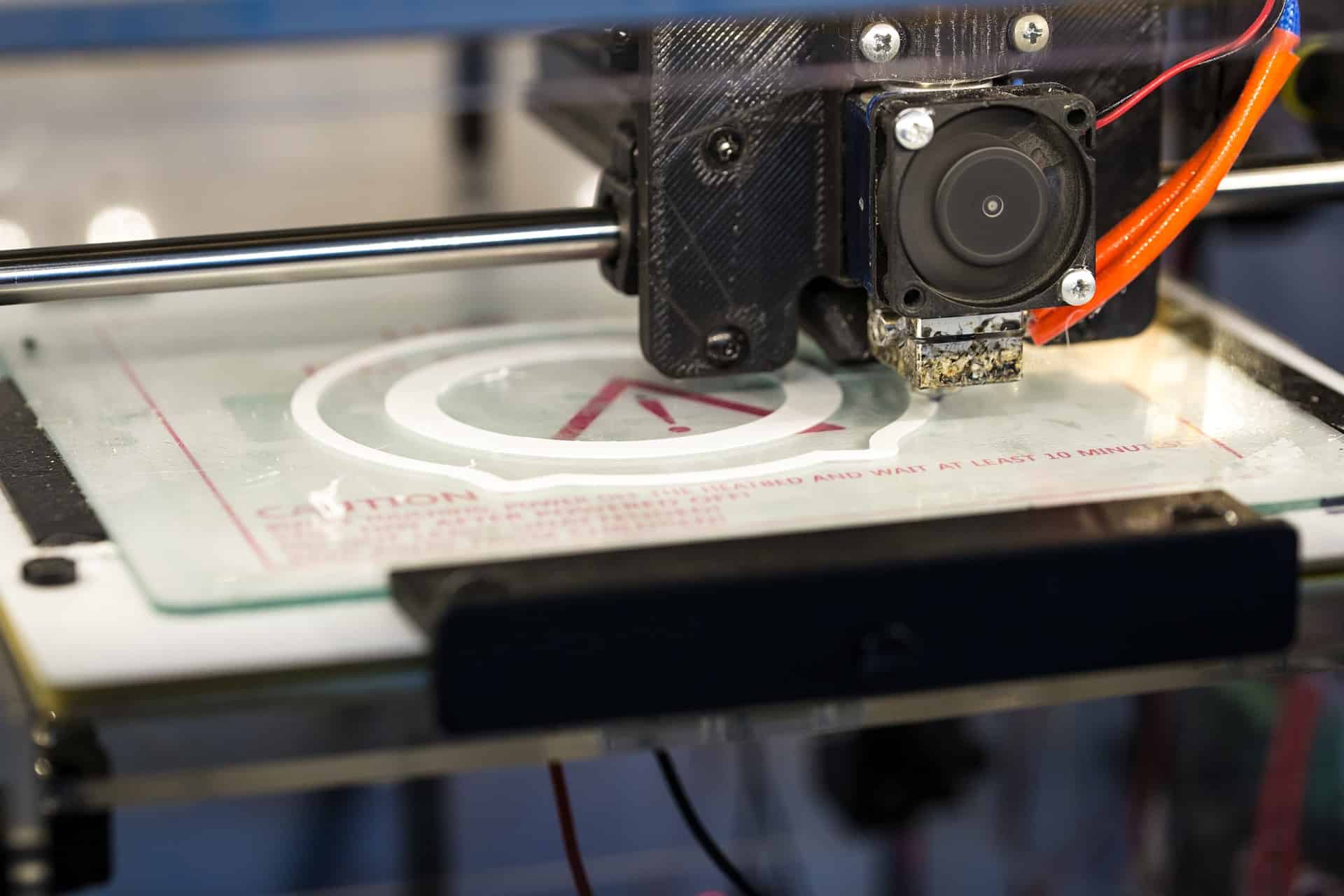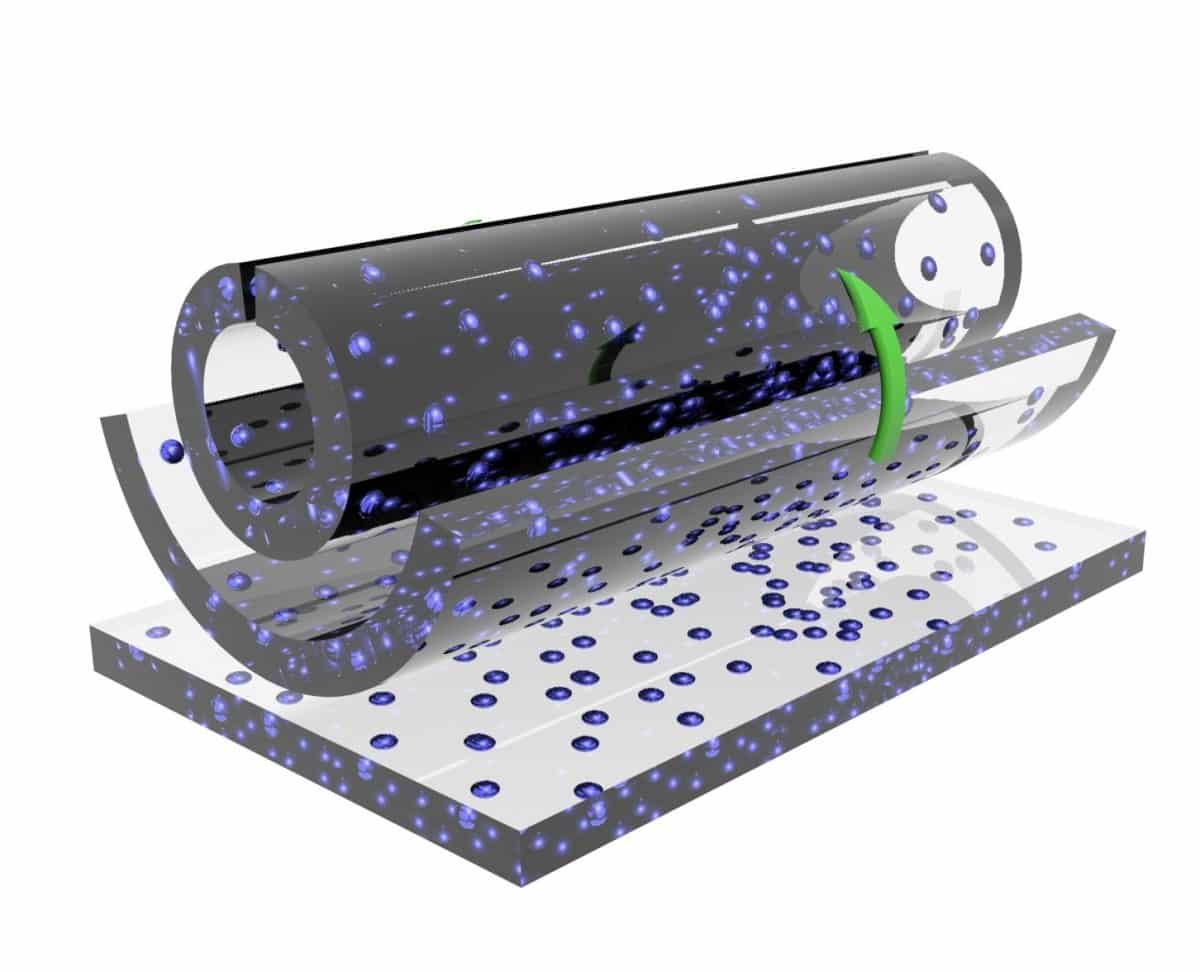
Dr. Hideo Kodama is worldly recognized as the father of 3D printing. In the early 80s, he came up with a layer-by-layer approach to manufacturing while seeking a fast-prototyping method. In short, 3D printing consists of creating a three-dimensional object by printing it through a computer-created design. It’s also known as additive manufacturing, which involves building material layers.
The 90s saw increased technologies, up to our days when 3D printers became available to the general public. Yet, the progress doesn’t stop, as a new development is arising: 4D printing.
What is 4D printing about?
It’s the process through which a 3D-printed object transforms its shape over the influence of external factors such as temperature, light, or other external stimuli. In other words, they work as a kind of active origami that can change their structure if heated. It’s worth mentioning that 4D printing is an evolution of 3D printing; it wouldn’t exist without it.
How does 4D printing differ from 3D one?
The only difference is having one more “D,” – which stays for dimension. So, what dimension are we talking about? Easier than you would expect, time. In fact, 4D printing is often referred to as 3D printing transforming over time. A 4D-printed object can change shape depending on external conditions.
How does 4D printing work?
4D printing uses 3D printers as well. However, what changes is the input materials, defined as smart materials. These are hydrogels or memory polymers that – thanks to their properties – can indeed change shape over time. By contrast, 3D-printed objects have rigidity as one of their features, meaning that they will keep the same shape once fabricated.
Four-dimensional printed items react to heat, water, or electricity – to name a few catalysts – based on the instructions written on their geometrical coding. This means that, depending on their application, they may be able to elongate, fold, and bend when activated.
What are the main advantages?
4D printing’s main pro is the possibility to print objects larger than the used printer. Through computational folding, bigger items can be reproduced as only one part. This leads to the possibility of creating structures that would be impossible to build with current manufacturing techniques. Potentially, 4D printing could make it possible to set up infrastructure that can change depending on the weather – think of a bridge that could expand during a flood.
Another advantage lies in the usage of new smart materials. These could really transform manufacturing – and thus our daily life’s objects – in such a way that we can’t even imagine yet.
Given the increase in manufacturing efficiency, 4D printing could result in a potential reduction of waste. If a single item is to be used for multiple purposes, this could reduce the need for disposable products.
What are the limitations?
Like every other technology far from the maturity stage, many aspects must be figured out. First, the cost of equipment and materials are hurdles to be overcome to allow mass production. Second, the materials’ reliability and lifespan are still questionable. Third, the potential environmental impact of this technology is still unclear.

What are the potential applications?
Although 4D printing is still restricted to laboratory experimentation, some application examples can be mentioned here. Human tissue engineering is undoubtedly one of the use cases that could be possible using bio-compatible hydrogels. Within the healthcare sector, drug delivery could be made more efficient using microdevices that would release the medicine once it reaches the patient’s body temperature.
Self-adjusting pipes might also be an application realm. These could expand their diameter as the flow rate increases, or they could self-repair a crack. Apparel is another industry worth mentioning. From jackets and uniforms that can adjust themselves in response to external temperature to shoes that could fit the wearer’s foot size and shape. Many other applications can be envisioned, too, spanning from aerospace to furniture.

